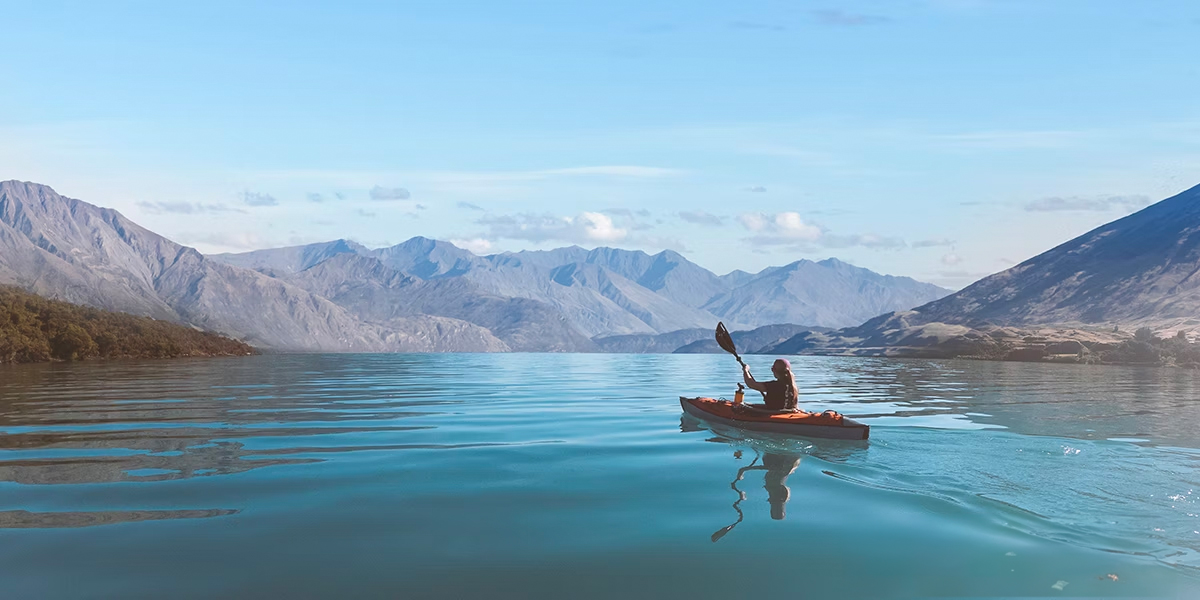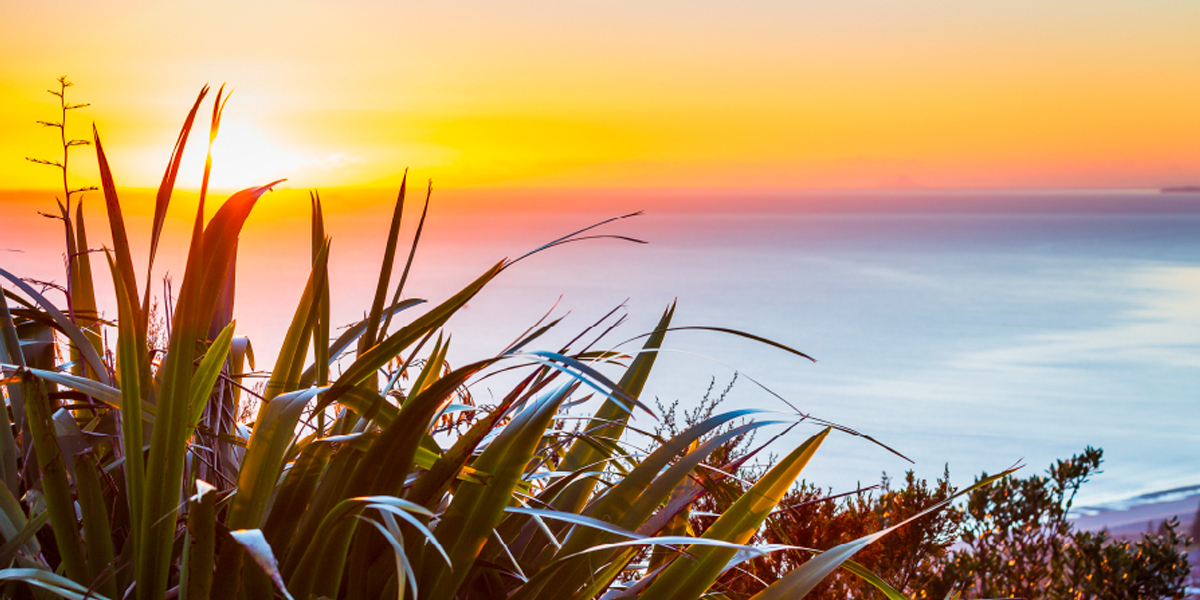Solar and battery storage strengthens Wanaka and Queenstown’s energy resiliency
17 August 2023
When we flick on the lights, push down the toaster or start up the computer at work, we don’t tend to marvel at the magic of electricity. We largely take it for granted and expect the electrons to flow whenever and wherever we need them.
But in Wānaka and Queenstown, two of the fastest growing regions in the country, the relative remoteness and outstanding landscape introduces greater challenges for infrastructure planning than might be seen in other growing communities. The good sunshine hours and a future energy-oriented community in Wānaka and the wider Upper Clutha area has led to the highest solar power uptake rate in New Zealand.
"Wānaka is rapidly becoming a postcard from the future as the economy electrifies and innovative, cost-effective solutions are being put in place to support Upper Clutha communities in their drive to reduce carbon emissions."
Solar uptake in parts of Central Otago (specifically, Wānaka, Upper Clutha and Cromwell) are two-and-a-half times higher (7%) than the national average of 2.6% (as of June 2023, according to Electricity Authority data).
solarZero CEO Matt Ward says the cost of power is just one factor in the shift towards solar – people in Wānaka, Queenstown and other parts of Central Otago want to participate in clean, renewable energy consumption, with the bonus of having resilience if the power goes out. Like many regions in NZ, Wānaka and Queenstown are considered vulnerable to disruption from significant weather events or earthquakes.
“We cannot hope to reach our renewable energy targets and strengthen our grid without people embracing solar and battery storage. We all have a role to play in moving towards clean energy with generation, storage and grid services that keep the power system reliable, secure and safe as we work towards achieving 100% renewable electricity by 2030,” he says.
Whiteboard Energy’s Steve Batstone, an energy sector consultant based in Queenstown (and co-star of a four part-documentary about New Zealand’s power system), says rapid population growth combined with the region’s goal to fully decarbonise the tourism industry by 2030 means peak loads look set to increase (households in Central Otago also use more energy than the national average due to the colder winters).
The region, like many others around New Zealand, is planning for how the existing infrastructure will cope with this increased demand, Batstone explains. And with national electricity consumption estimated to increase by 60-80% by 2050 as we move away from fossil fuels and electrify everything, all of this additional electricity will have to come from somewhere and be sent to where it’s required.
“In the next 10 years, if we need to build a new line into Queenstown it will be eye-wateringly expensive and probably take eight years to plan it,” he says.
Local lines companies and Transpower still need to maintain and upgrade existing networks and Batstone says they have committed to a medium-term plan to increase the capacity of the existing network, but the best possible solution – a lower-cost outcome and greater resiliency – is a mix of options that focus on both supply and demand.
Systems that contain solar panels and batteries play an important role in strengthening the region’s energy resilience. When utilised to their potential, solar panels and batteries can complement traditional solutions, deferring investment and cost to communities until that investment is absolutely necessary.
Batstone says Aurora Energy has probably led the country in terms of looking to incentivise uptake of what’s known as ‘distributed energy resources’ to reduce strain on the network in the region at peak times. In collaboration with Aurora Energy, solarZero has progressed advanced next-generation grid services into the Wānaka area by introducing solar as a subscription service, where homeowners can access solar power and battery storage without needing to pay for the hardware cost.
Aurora Energy’s asset management and planning general manager Glenn Coates says Aurora Energy backs solar and storage as part of New Zealand’s energy future because it’s a low-carbon energy source, it creates demand flexibility on the network and it provides improved resilience for those with access.
“Batteries create a lot more choice around when households and businesses decide to take energy from the power system,” he says. “In the past, if you wanted to use your toaster you had to take the power from the grid. But if you’ve got a battery and some solar panels on your roof, you have access to an alternative option that, depending on the time of day and market conditions, can provide a lower-cost solution. More choice is a great thing, because it creates flexibility in the way we use electricity, enabling the power system to cost-effectively support decarbonisation.”
Coates says it’s important to recognise that even though Queenstown and Wānaka are close to our biggest hydro lakes, and that around 80-85% of New Zealand’s electricity is considered renewable, we’re all part of the energy system. The technology choices we make such as solar with battery storage, smart electric vehicle chargers and continued hot water management all create flexibility in the power system to enable the best possible low-carbon future.
“No matter where you are in New Zealand, when a gas turbine up north or the coal turbine at Huntly starts up because of high demand, we are all part of the reason why that has to happen. You can’t say that because we’re closest to the generation we’re fine, because if everybody could throttle back a bit we wouldn’t need to turn on those carbon-emitting power stations.”
Battery storage supplied from solar or from the grid at times of low demand can help with throttling back grid power usage when it matters most. This kind of flexibility will enable the best use of renewable but intermittent solar and wind generation, Coates adds.
“Solar with storage is well-suited for those households or businesses that use a reasonable amount of energy during the day, and has the added benefit of topping up the battery when the sun is shining and thereby reducing the need for power system support during winter evenings and nights.”
Batstone says he’s a “certified geek” when it comes to energy. People like him are more likely to change their behaviour to try to get the biggest benefit out of a certain technology, but from a decarbonisation perspective, he says it’s more important to find ways to cater to a much larger number of people who want to set-and-forget.
Batstone says one of the challenges with low-emissions technologies like solar and household batteries or EVs is that a lot of people can’t afford to spend tens of thousands of dollars in one hit.
Low interest clean energy loans from banks can help smooth out the upfront cost over the long term, but purchasing solar and storage as a subscription through solarZero removes the upfront cost of hardware, repairs and replacements altogether.
It’s an exciting and challenging time to be working in the energy sector, Coates adds.
“We need more renewable electricity as we move away from fossil fuels, and the infrastructure needs to be able to cope with that additional demand. Technologies like solar panels with batteries, smart charge electric vehicles and automated energy management systems offer households and businesses more flexibility and autonomy to optimise their energy costs while reducing the need for infrastructure investment,” he says.
“An added benefit of these technologies is their ability to help increase community resiliency during major events on the power system. That means being able to recover quickly from rare events like major storms or earthquakes, or it can mean being able to cope with change over the long-term. How we work together as corporations and communities to create a connected, resilient and coordinated power system is an important part of our energy future,” Coates says.
Watch the video below as two of our Wānaka customers talk through the benefits of our subscription service.



